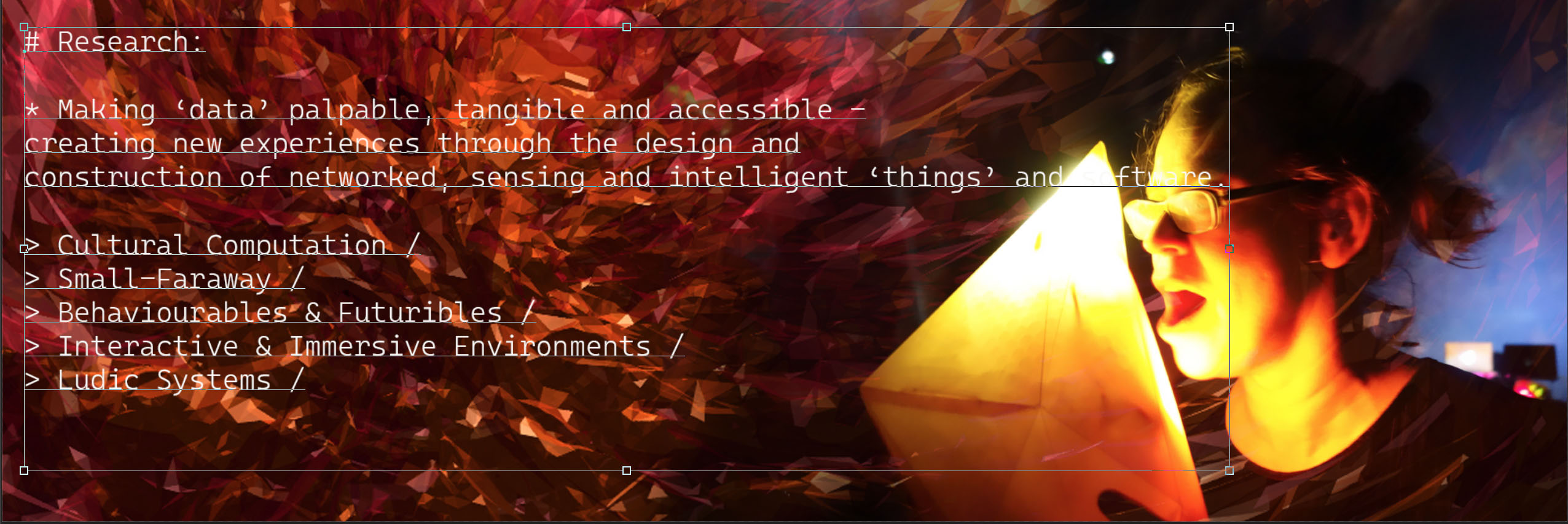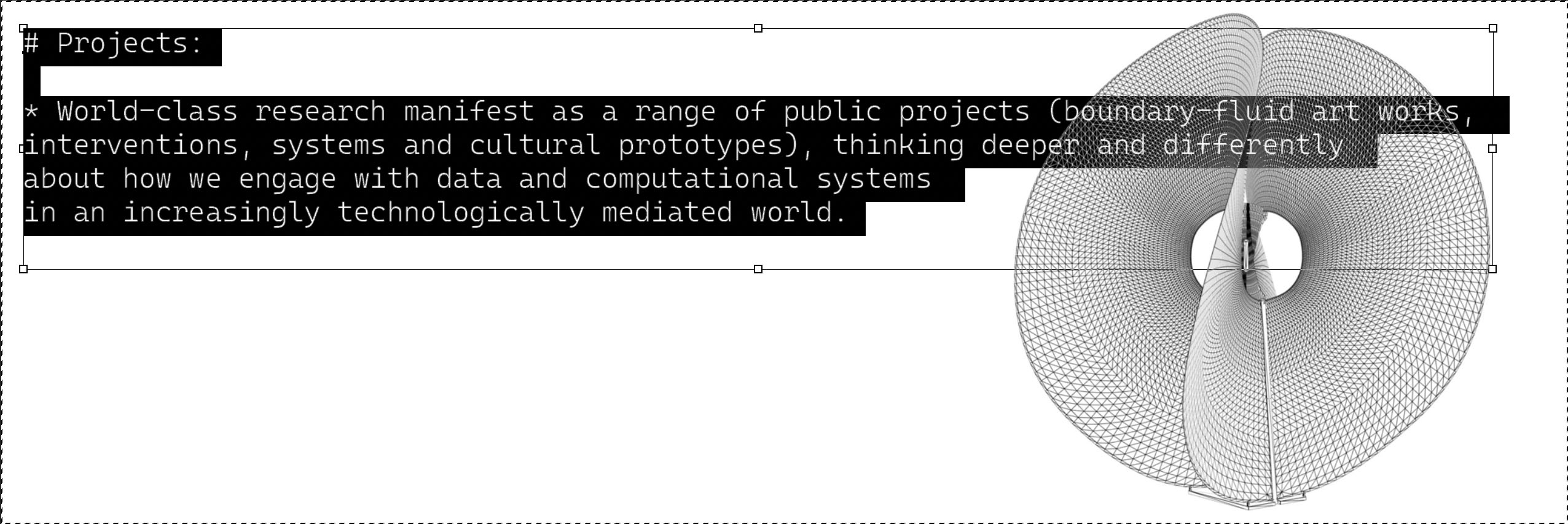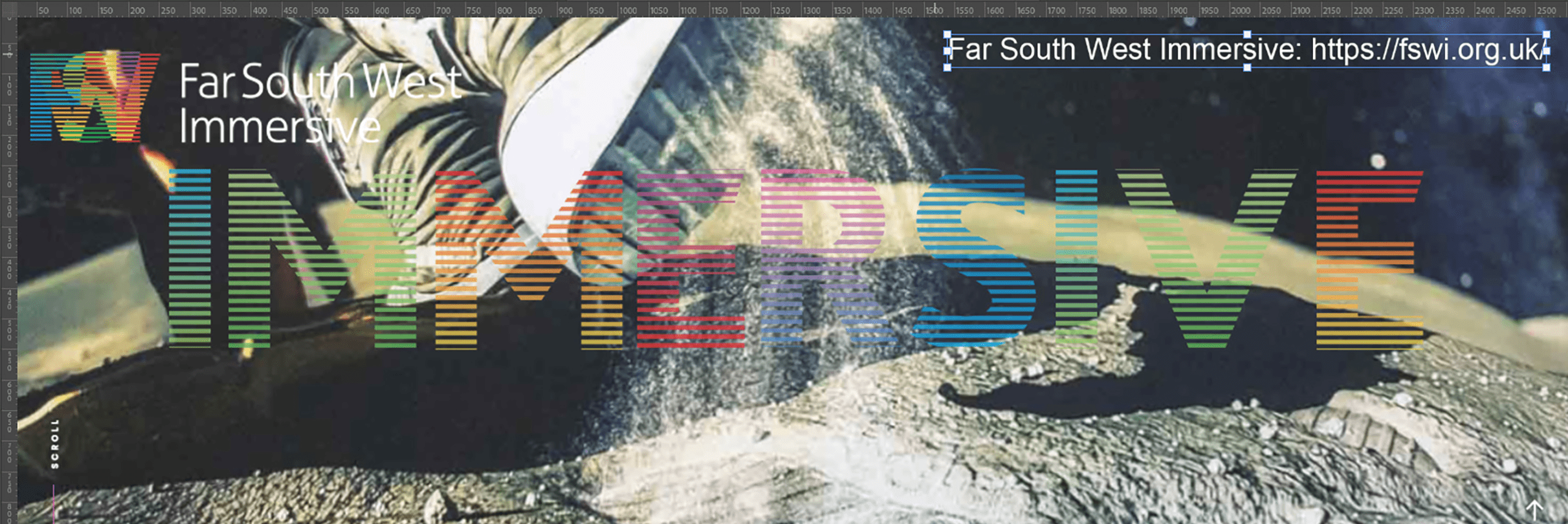The Virtual Advisor:
{Published in Mediaspace 4. 1997}

An Online Advisory & Support Environment for Staff, Students & Industrial Partners.
Academic Programmes with vocational components (sandwich courses) have to maintain a continual dialogue with Placement companies in order to monitor industrial trends and preferences. This constant background activity (which includes frequent visits) places a relatively unrecognised strain on programme teams, especially as many companies are located at considerable distances from the home University. Students are often concerned about their level of personal skills and the relevance of their programme of study to employers, and are constantly seeking first hand information about the ‘real world’. The ‘Virtual Advisor’ (VA) recognises a need to provide a mechanism to allow staff to enter into a continuous interaction with new and established companies, and to encourage a critical dialogue between students, staff and prospective employers.
The underlying aim of the design team was to create an ‘active’ facility that would be in a state of continual use and dynamic change. As there was an obvious need for the VA, it was important to make the system pleasurable to use, and encourage a high level participation. Initially emphasis was placed on designing a ‘location’ that would mimic or be reminiscent of a ‘real’ location. By seeing the real location the user would be reminded of the discourse underway in the simulated environment and be encouraged to enter into further discussion. However, the ‘VA’ has a real geographical location (the location WWW server) which is a considerable distance from the primary target audience (London), it also aims to support a national and international audience. It would be difficult, if not impossible, to identify a location that would have universal appeal, and be visible from all areas of the globe. An off world location was finally chosen, a set of coordinates, a cluster of stars, between the horns of Taurus, in an area of high radio activity in the Crab Nebula. Look to the skies and imagine the ‘VA’.
As the project progressed it became apparent that the significant design issues were not the visual aspects of the site, but the processes and functions that needed to be built in to enable a process of discussion to take place. And, although the concept of a location ‘somewhere out there’ (certainly not in the server room in Plymouth) is quintessential to the project, emphasis changed to to the development of a ‘process’. The graphical elements are reminiscent of network diagrams, nodes and branches, a process of connection. The 3D renderings support the notion of a physical space, but the abstract structure place significance on linking, travelling from A to B, and passing through the system.
Sections:
Project: this section allows students to submit an illustrated proposal for their final Stage Project (contributes to a third of their degree classification). This can be seen by staff and other students. Updates can be submitted at several points throughout the Final Stage.
Experience: allowing students to enter their experiences from placement and post Programme employment, (issues tend to focus on management and production methods, client/company relationships, anecdotes, and technical experience.
4D Conversation: a layered discussion, allowing participants to maintain a multi-user conversation back linking to previous entries.
Think Tank: accepts proposals, ideas and problems from external advisors. These can then be developed by student production groups.
Production Team:
Will Bakali, graphics, scripting and server control;
Mike Phillips and Chris Speed, concept and system design.
Many thanks to:
Brian Eno
Andy Finney (The Independent Multimedia Company)/
Mic Cady (Dorling Kindersley Online Publishing), AA Multimedia/
Rob Morrison (Silicon Graphics).
Tech:
The VA was built on an Apple Mac WWW server, using WebStar and Netforms, CGI scripts, HTML, Shockwave (Director), Java Script, Photoshop, Netscape, etc….








You must be logged in to post a comment.